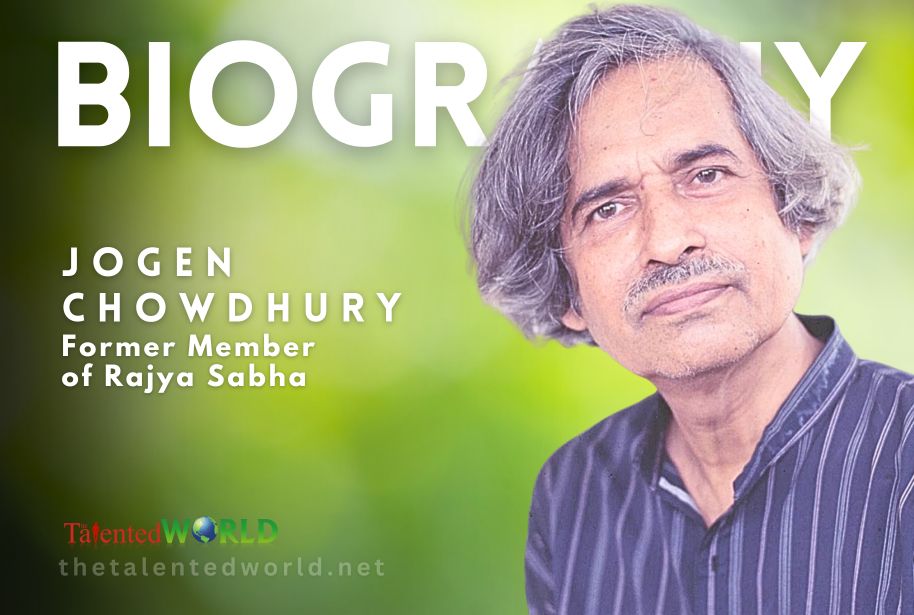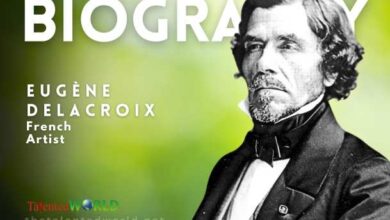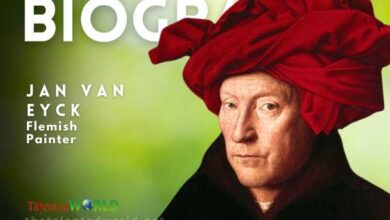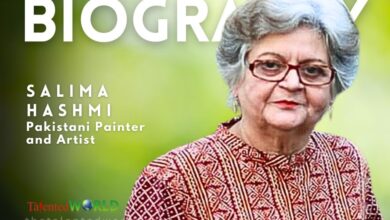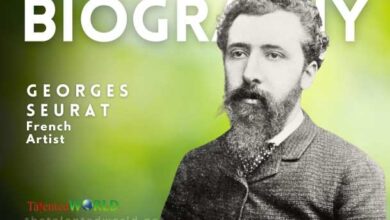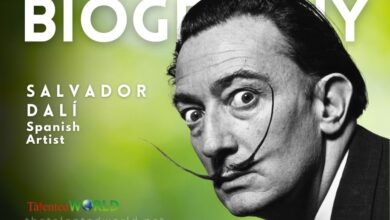| Full Name | Jogen Chowdhury |
| Date of Birth | 19 February 1939 |
| Place of Birth | Daharpara, Faridpur, Bengal Presidency, British India |
| Education | University of Calcutta; Government College of Art & Craft; École nationale supérieure des Beaux-Arts, Paris |
| Occupation | Painter |
| Political Affiliation | All India Trinamool Congress |
| Notable Awards | Banga Bibhushan (2012) |
| Style | Ink, watercolor, pastel; master of lines; known for distortion of form in figures |
| Notable Contribution | Inspirational figure for young Indian artists; significant influence on Indian art |
